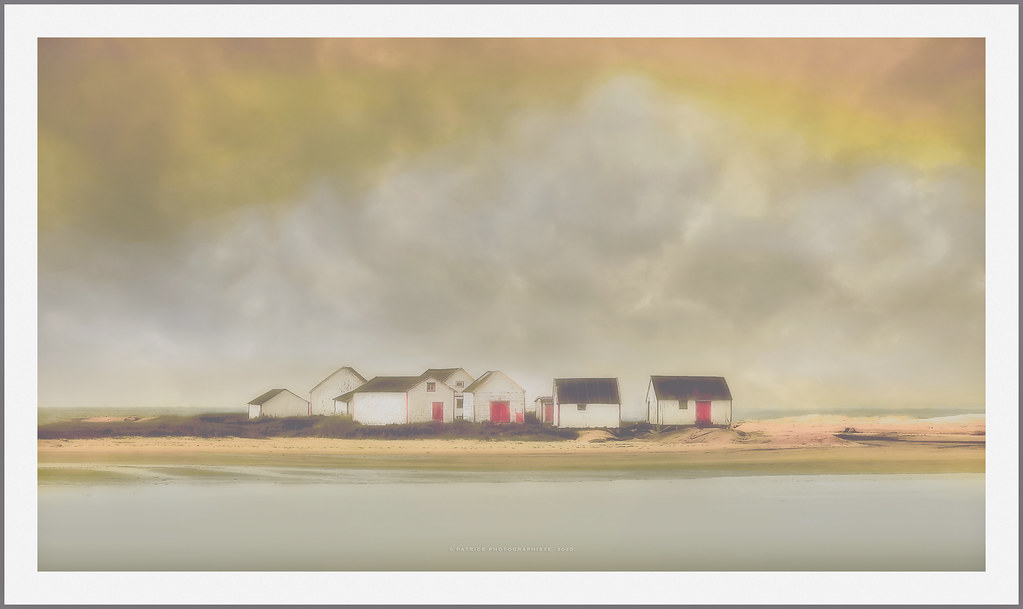 “Envelope” by skepticalview is licensed under CC BY-NC-SA 2.0
“Envelope” by skepticalview is licensed under CC BY-NC-SA 2.0
SUMMARY
Role
Director
Intention (SMART Goal)
By March 2nd, as a part of my film team, I will explore the film director’s skill pathway by following Bruce Block’s The Visual Story and will have explored the visual story element of movement over the course of our February project.
PRE-PRODUCTION – INQUIRY
Leader(s) in the Field / Exemplary Work(s)
Steven Spielberg-(IMDb) & (More Info-Here)
- Well known for his work in Jaws(1975) and Indiana Jones Raiders of the Lost Arc(1981)
- “dolly zoom” in-camera effect to evoke a significant or impactful realization
- staring at something off-camera
- “cutting-in camera” philosophy
- able to mimic many different styles through his techniques
- the music matches the timing and pacing of the rhythm of the film- faster parts = faster music = more suspense
- no two movies are the same- he has no one specific style
Training Source(s)
T
The Visual Story by Bruce Block
| What do the different movements add to the film? | Movement in the screen world: only 3 things move- 1. an object 2. the camera 3. the audiences point of attention |
| The visual components that attract the audience’s attention: 1. Movement 2. The brightest object 3. The most saturated color 4. The actor’s eyes 5. The object with the most visual component contrast | |
| Visual Affinity = least intense Visual Contrast = most intense | |
| What do different movements mean and represent? | Movement objects in the frame in contrast to the background, facing the camera= trust, facing away=no good, moving toward someone could mean escalating problem or characters becoming closer, blocking sheet |
Project Timeline
- Start Pre-Production
- Choose role
- Make a SMART goal
- Research blocking and the visual story element of movement.
- Create shot list
- Create a timeline for the project.
- Collaborate with the team, discuss film ideas.
- Write log-line.
- Create Trello board with scrum
- Story board
- Present storyboard
- Block out scenes and advance storyboard
- Start Production
- Gather Equipment and Props
- Shoot the scenes, collaborate with cinematographer
- Upload audio and shots to computer
- Start Post Production
- Work on presentation.
- Work on the blog post.
- Finish presentation and blog post.
- Present to class.
- Reflect on what could be done better.
- Present to Advisory Committee.
Proposed Budget
PRODUCTION – ACTION
The (FILM, SOUND, or GAME Creation)
Skills Commentary
- I attempted to control the Visual Story Element of Movement with the help of Bruce Block’s The Visual Story Element
- I made decisions
- I showed blocking choices through an advanced story board
- I identified beats
POST-PRODUCTION – REFLECTION
21st Century Skills
Ways of Thinking (Creativity, Innovation, Critical Thinking, Problem Solving)
I was creative in the way I controlled movement. I thought to make Lily go from right to left as opposed from left to right. While it may not have created as much effect as I wanted, the idea was good and had a good foundation just needed to be amped up more.
Ways of Working (Communication & Collaboration)
We didn’t have the ingredients to make an actual smoothie, but still wanted to give the impression of Sammy drinking one. To do this, we all decided to just have a black screen with blender and sipping noises. That way, it would give off the impression of making a smoothie, without actually having to do so.
Tools for Working (Info & Media Literacy)
Over the course of the film, we used Scrum for Trello to stay organized, and PremierPro for editing. I also used Bruce Block’s “The Visual Story” to help research my techniques for controlling movement.
Ways of Living in the World (Life & Career)
This production was helpful for future skills as we had to develop skills of collaboration and maintaining an open mind to new ideas. This also helped us learn how to try something new and maybe have it fail. For example, my attempt to control movement didn’t have the effect that I wanted it to have. I can now learn from this mistake and try it in a different way or improve it during our next production cycle.
Reactions to the Final Version
Michelle: “Good presenting and explaining why you did what you did. All of you as a group did very well.”
James: “The idea was there. We usually see and read form left to right instead of right to left so changing it makes it unusual and tells us something is up. I think you could have amped it up more by making a more consistent pattern of left to right and making sure the audience notices it. By doing this, we notice the pattern break and it’s more obvious. This can also be amped up by intertwining the other visual story elements together in a cohesive unit.”
Self-Evaluation of Final Version
Simple- Our film was simple and easy to understand. The audience can easily see that Lily is trying to deliver a package under a time-crunch.
Unexpected- It is unexpected at the end because the package was turned into a smoothie. The rest of the film made the package seem very important.
Concrete- Our film was memorable because it left the audience with a sort of plot twist. The black screen and sound effects allow them to envision their own ending.
Emotional- Our film showed Lily in distress and anxious. We built our film using phone calls to add more tension, however, I think we could have added more and built the anxiety and stress up even further. This could potentially include more obstacles Lily has to overcome and more action in our shots.
What I Learned and Problems I Solved
One problem that arose was we couldn’t make an actual smoothie and therefore had to figure out how to give the impression of a smoothie without actually making one. To do this, we all decided to just have a black screen with blender noises and sipping in the background.
Grammar and Spelling
Grammarly
Editor
Samantha
